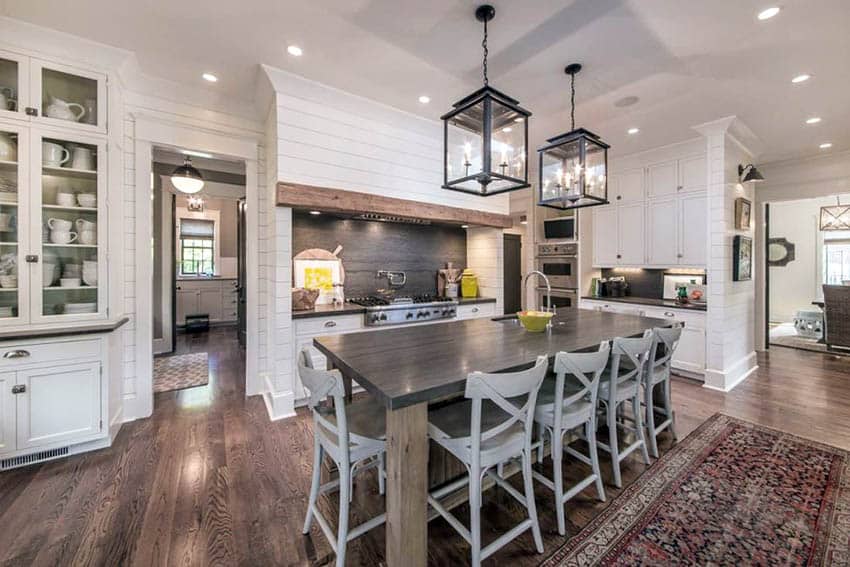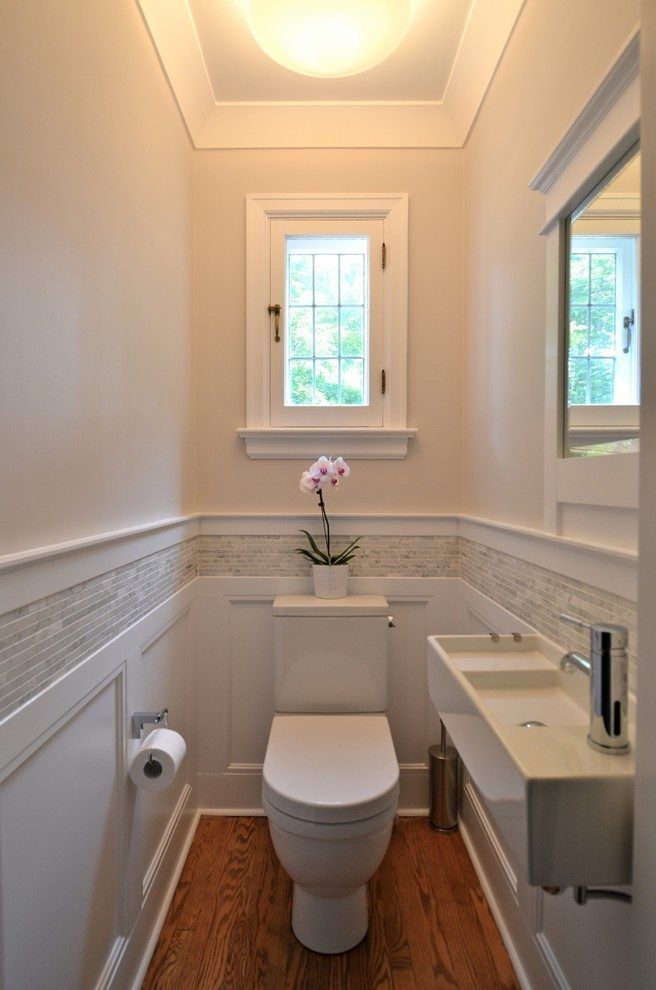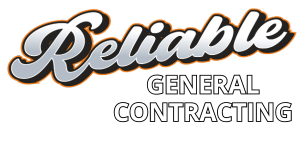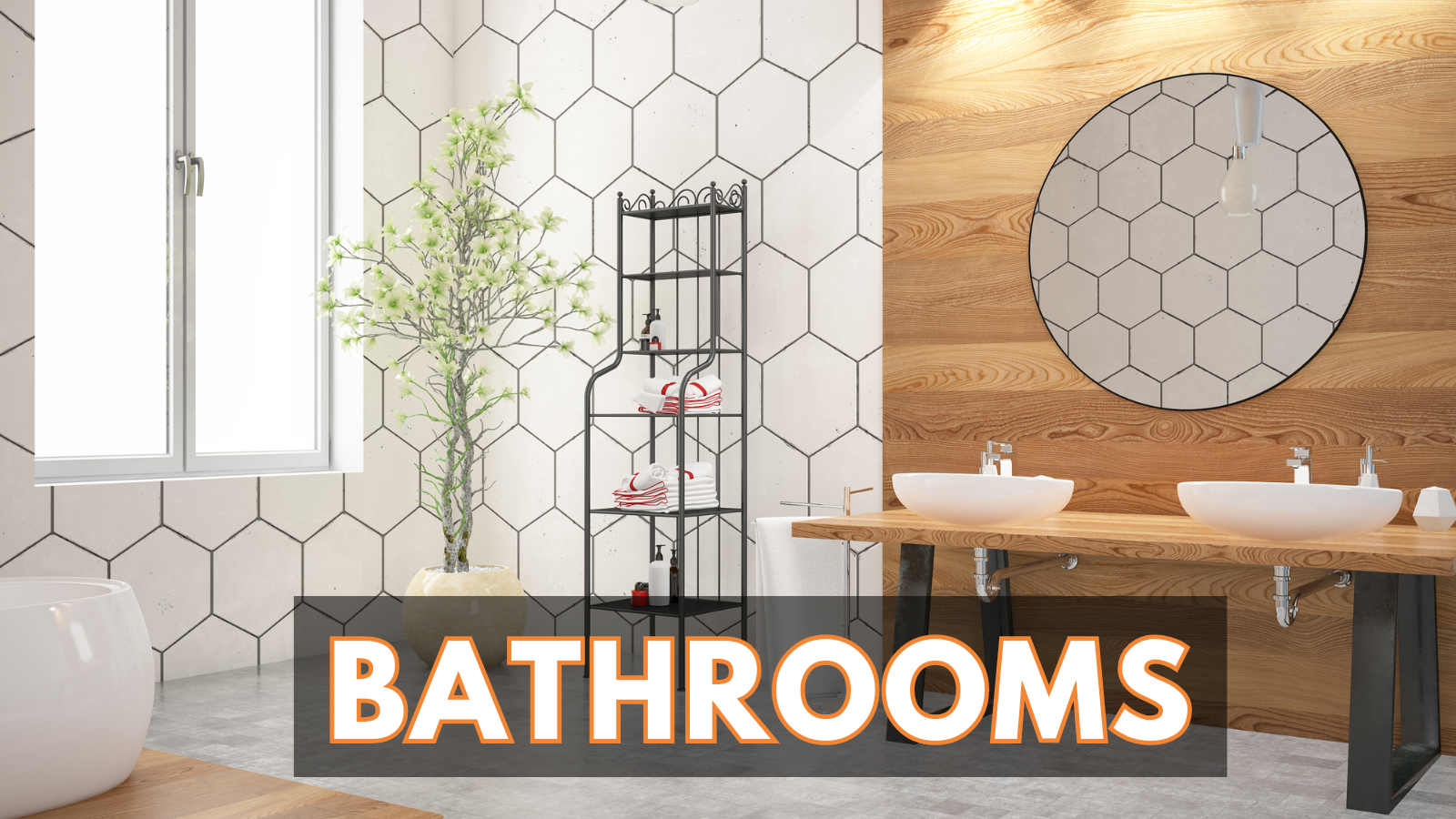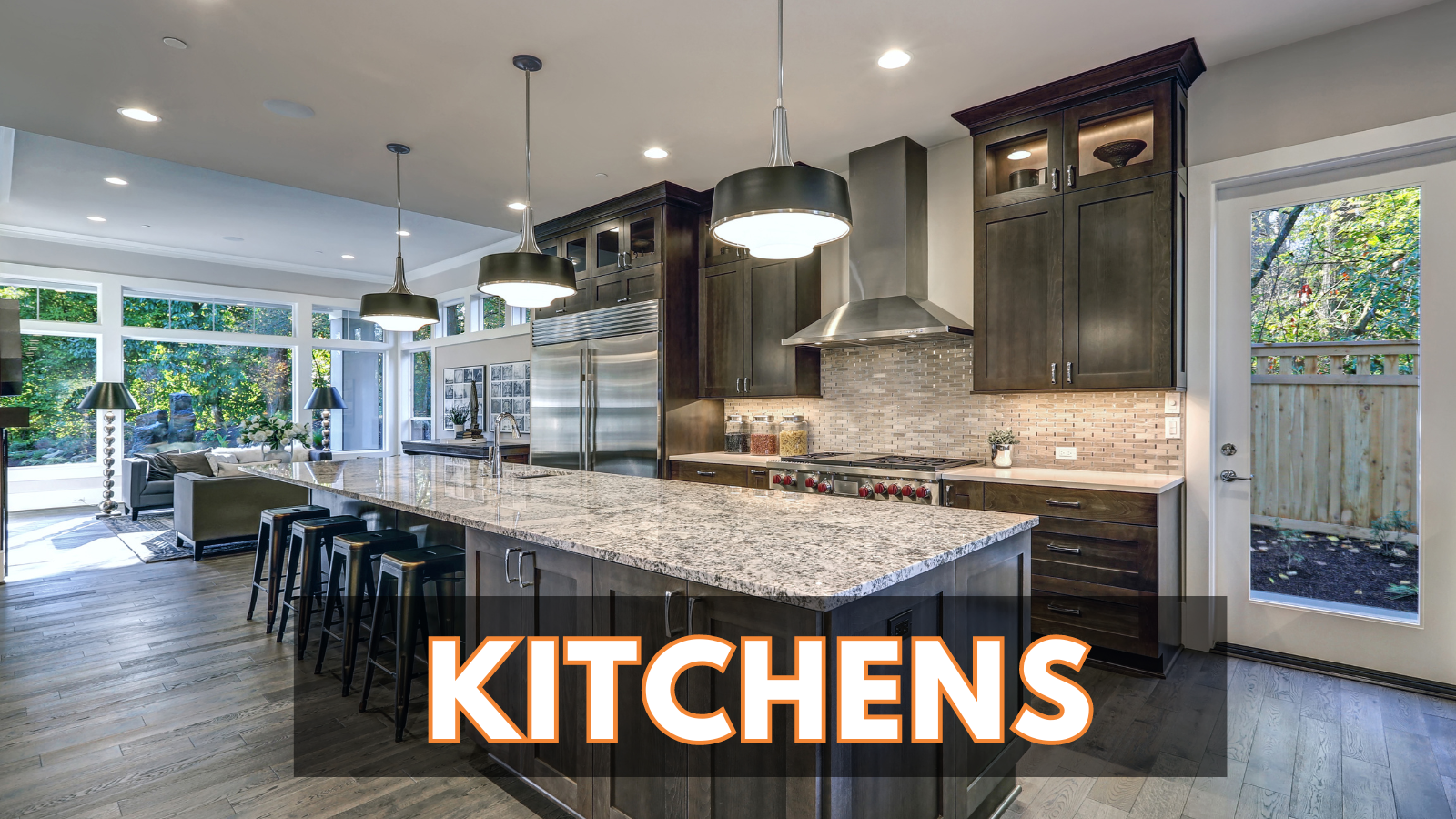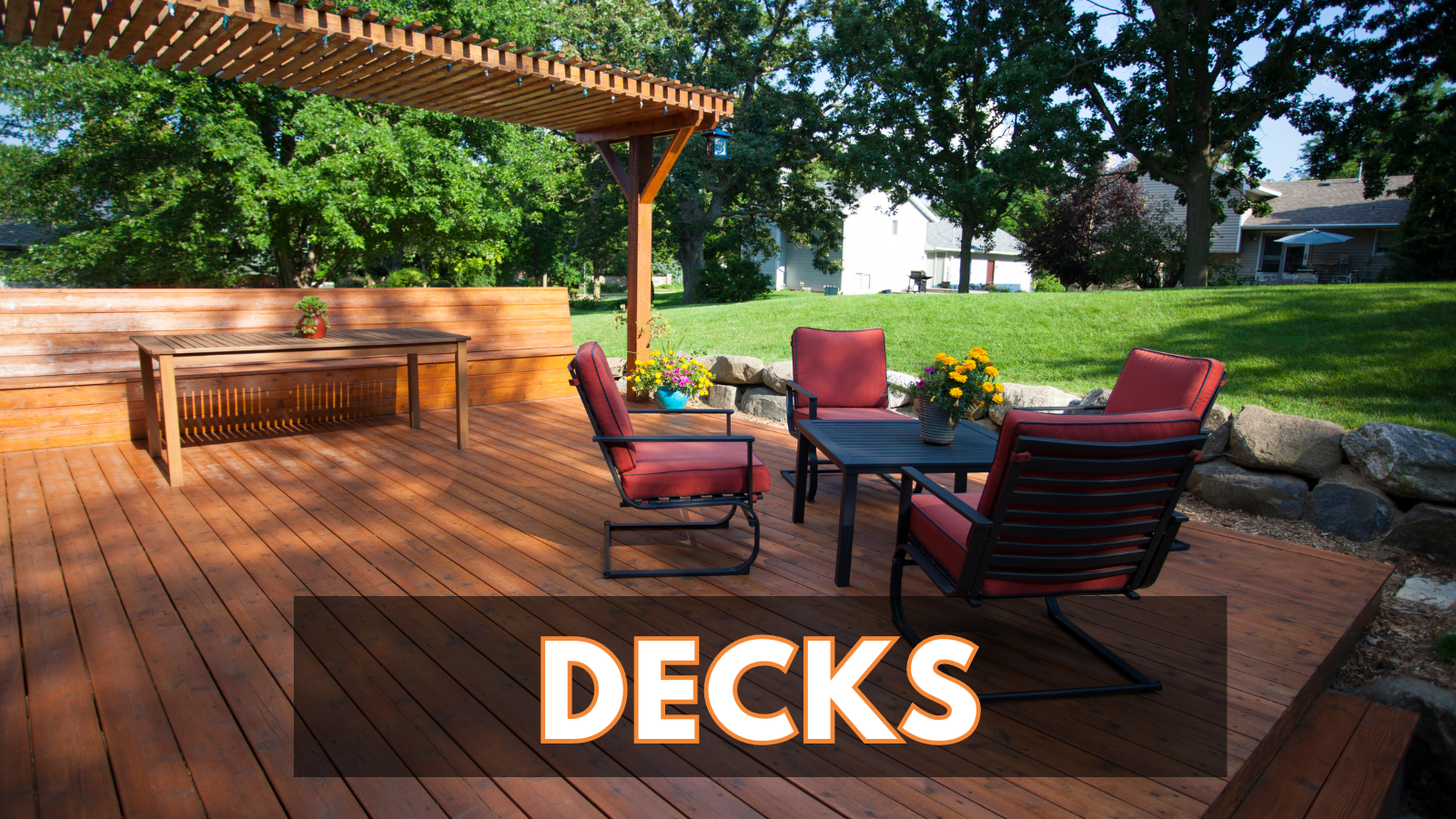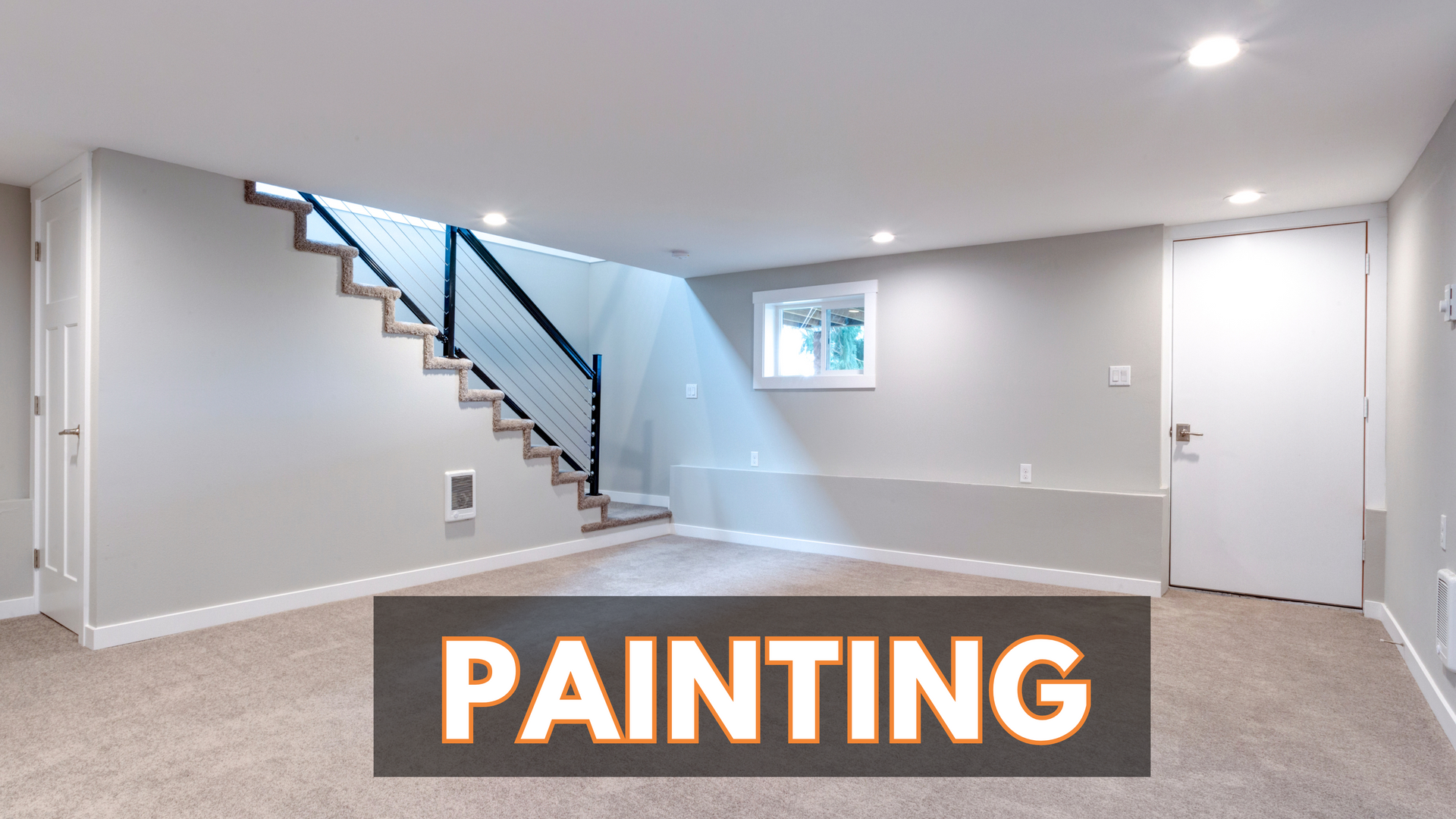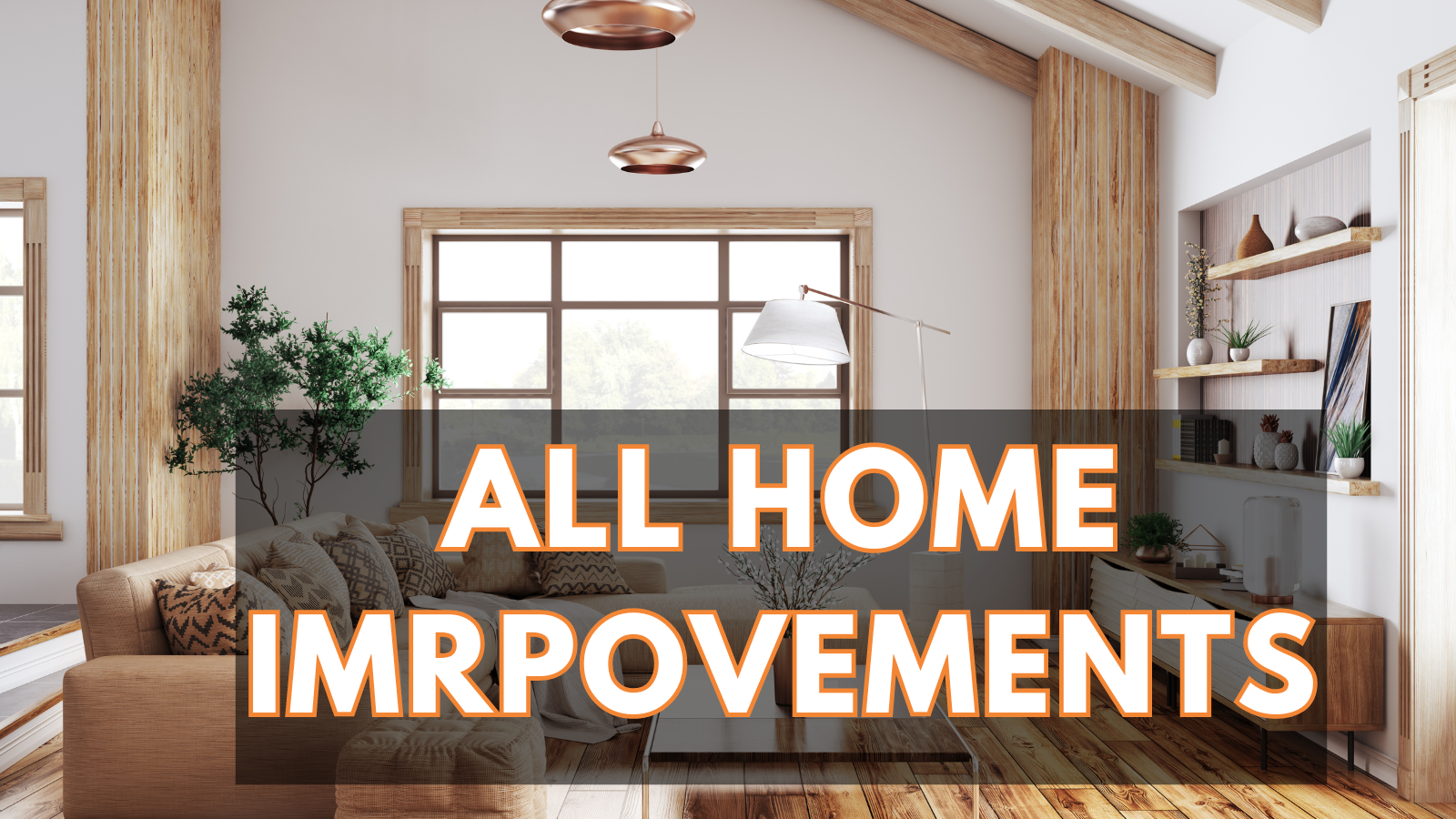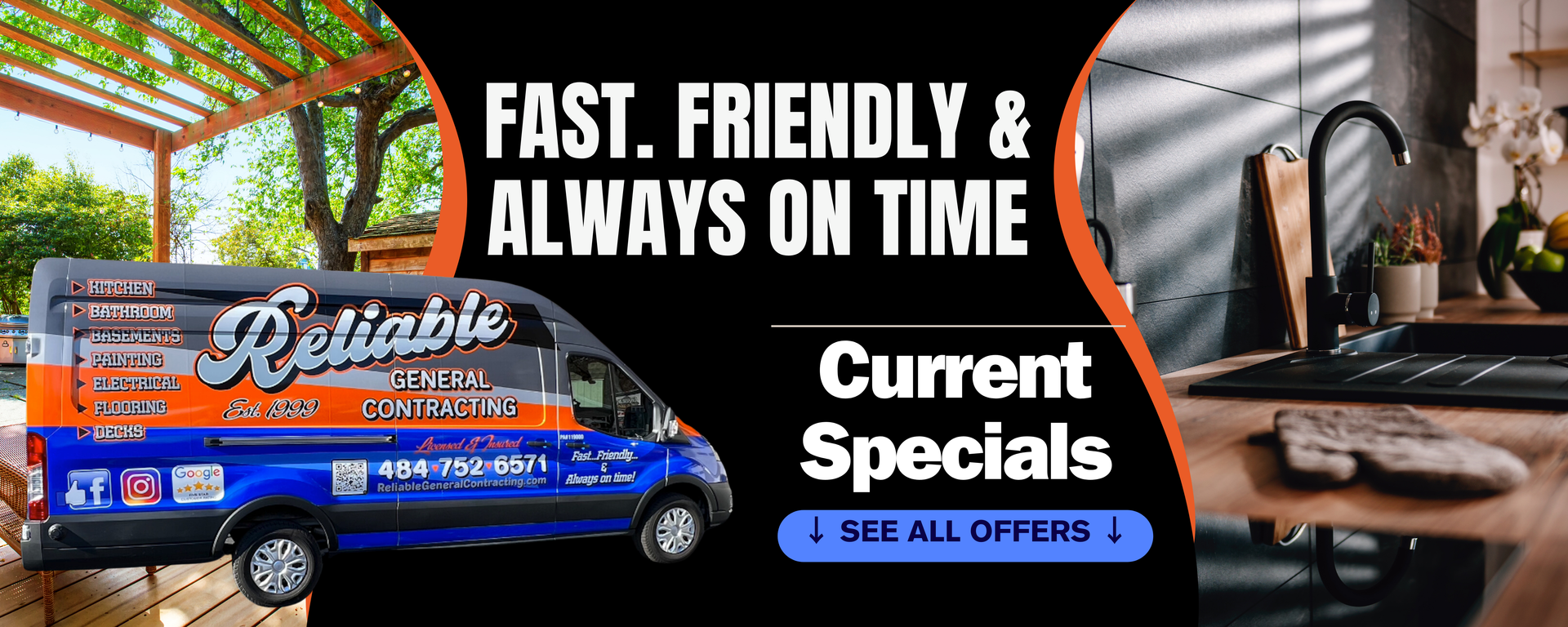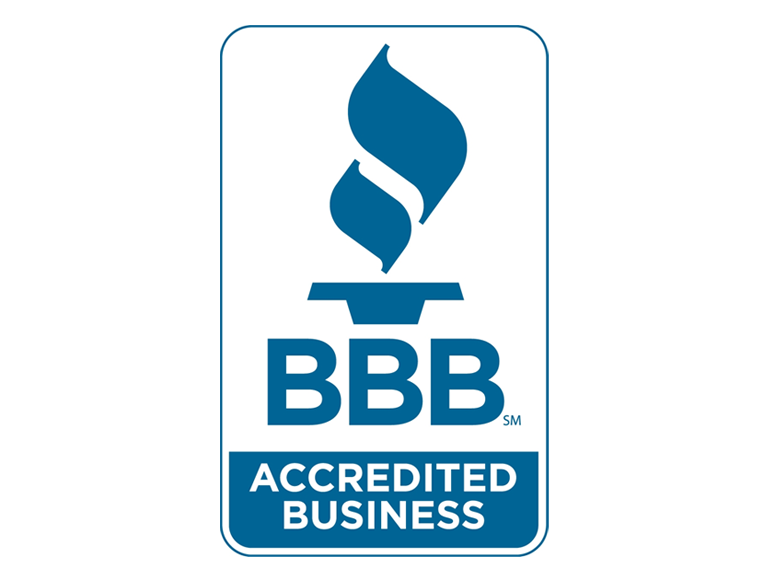Pros and Cons To The Most Popular Floors
Most Popular Flooring Options
-
1. Linoleum $-$$
Linoleum is made with renewable, biodegradable materials including linseed oil and cork. Mineral pigments are added to create those rich, vibrant colors. Linoleum produces no harmful vapors and is considered a top environmentally friendly flooring choice.
Linoleum comes as a sheet good and is designed for glue-down installation. Some manufacturers provide a protective coating that prevents staining and helps the product stand up to foot traffic. Linoleum without this coating should be refinished every two years.
Linoleum is incredibly durable and most manufacturers provide a 25 year warranty. However, with the proper care, regular cleaning, waxing and resealing if necessary, linoleum can last up to 40 years or more.
Pros
- Inexpensive
- Easy to install
- Durable
- Typically considered eco-friendly
- Compatible with radiant heating
Cons
- Cheaper options look and feel fake
- Low value for home buyers
- Can’t be refinished
- Photo patterns are repeated
-
2. Vinyl $-$$
Vinyl tiles and all sheet goods are called resilient flooring — they're flexible and slightly soft underfoot. They're tough, durable and virtually maintenance-free. Vinyl comes in an array of colors and patterns at relatively modest cost. .
Vinyl products are backed with a layer of felt. Cushioned vinyl is backed with a thin layer of foam that offers an extra measure of comfort and safety. In general, a thicker vinyl surface means better quality and higher price. Thicker vinyl can have a textured surface that looks like real stone and wood.
Vinyl flooring has a wear layer on its upper surface that helps resist stains and scratches. The best vinyl products provide warranties on the wear layer of as much as 15 years, and you can expect good-quality vinyl to last 20 years.
Pros
- Available in multiple price ranges
- Easy to install
- Highly water resistant
- Easy to care for
Cons
- Like paint, it can off-gas VOCs
- Not very eco-friendly
- Difficult to repair
- Low value for home buyers
- Can tear if items are dragged across the surface
- Not recommended with radiant heating
-
3. Laminate $-$$List Item 4
Commonly confused with vinyl flooring, laminate flooring is made from wood materials. The fiberboard core contains an image of woodgrain printed beneath a transparent wear layer.
Low-maintenance laminate flooring offers an enormous variety of styles, colors and patterns. It's similar to engineered wood in that a top wear layer is backed by layers of plywood or compressed fiber backing that is extremely stable. The big difference is that the top layer is not real wood but a plastic coating applied over a photograph. The photo-realism technology that’s used produces look-alike finishes indistinguishable from real wood and other materials such as stone, ceramic tile, even stained concrete.
Laminates comes as planks or tiles. Most are floating floor systems, meaning they can be installed directly over old existing flooring without glue or nails — no tear-out is necessary. Laminate is a popular DIY flooring, but it’s wise not to overestimate your skills — installing around corners and between door jambs takes patience and ingenuity.
Laminate floors are similarly durable. They are actually more durable than hardwoods in many instances. That also makes them great for homes with kids and pets. Laminates are also difficult if not impossible to dent, and they are almost completely stain resistant.
Pros
- Inexpensive
- Easy to install
- Durable
- Typically considered eco-friendly
- Compatible with radiant heating
Cons
- Cheaper options look and feel fake
- Low value for home buyers
- Can’t be refinished
- Photo patterns are repeated
-
4. Carpet $-$$$
Carpeting is one of the most versatile of all flooring options, featuring more colors and textures than any other type of flooring. When judging carpet quality, a simple rule of thumb is to ask about the density of the fibers used to make the carpet — the more fibers per square inch, the more durable the carpet. A carpet pad adds cushioning and helps prolong the life of the carpet. Indoor/outdoor carpeting withstands weather and usually is installed without a pad.
Some carpets use a rating system that indicates the product’s ability to withstand wear and tear. Found on the carpet label, the system is graduated from 1 to 5, with 5 being the best. A rating of 3 to 4 is considered normal.
Wool carpeting is the standard of quality. It's naturally durable and resistant to moisture and stains, and it’s considered to have the best feel against hands and bare feet. With the exception of wool, most carpets are made of synthetic fibers.
An inexpensive and versatile option, homeowners love carpet for many reasons. Thanks to technology and manufacturers committed to providing a superior product, carpet has come a long way in recent years.
Pros
- Inexpensive
- Warmth and softness on your feet
- Good sound insulation
- Eco-friendly options
Cons
- Low value for home buyers
- Holds onto dirt and allergens
- Requires professional cleaning
- Not recommended with radiant heating
- Difficult to install
-
5. Bamboo $$-$$$List Item 3
This increasingly popular flooring material is often thought of as wood, although it isn’t a hardwood but a grass. Bamboo strands are glued together to form solid strips or engineered planks, just like hardwood. Cost to purchase and install are comparable to wood products.
Grain patterns include flat, vertical and woven. Flat grains display the intermittent growth nodes characteristic of the grass; vertical grains pack the strands closely together to produce a fine-grained appearance. Woven types have sinewy patterns.
Bamboo is tough and durable. Because it comes from plants that are easy to grow and regenerate quickly, bamboo is considered a sustainable material and an environmentally friendly flooring choice. Nevertheless, most bamboo is imported from Asia, and environmentalists point to the energy required to transport bamboo to the U.S. as a factor to consider when selecting green flooring.
Pros
- Top-quality bamboo is as durable as traditional hardwood flooring. However, not all bamboo flooring is created equal. Look for flooring with a substantial warranty.
- Clean, contemporary look
- Cleans easily with a mop and mild soap.
- May be refinished, depending on the thickness of the planks.
Cons
- Inexpensive bamboo is susceptible to scratches and dings.
- Bamboo grass readily absorbs water and is susceptible to damage from water and excessive humidity.
- Doesn’t fit with all décor.
- Limited to a few tonal shades.
-
6. Ceramic Tile $$-$$$$
The many shapes, sizes, colors and textures of ceramic tile make it easy to create custom, one-of-a-kind patterns. Cost varies widely, and you’ll find tile priced anywhere from $1 to $100 per square foot. Complementary decorative trim pieces and mosaic inlays quickly raise the total price of a tile installation.
Ceramic tile is made from a mixture of clay and shale that is baked and hardened in a kiln. Dry pigments added to the mixture gives the tiles earthy tones that range from ocher to deep red.
Ceramic flooring tile comes as one of four basic types: Glazed ,Quarry, Procelain, or Terracotta.
Some ceramic floor tiles come with an anti-slip finish that provides excellent traction even when wet. We can choose tiles that meet the slip-resistance standards of the Americans With Disabilities Act.
Pros
- Great look
- Many colors and styles available
- Durable
- Water resistant
- Easy to repair
- Eco-friendly options
- Compatible with radiant heating
Cons
- Expensive
- Difficult DIY installation
- Some types prone to cracks or chips
- Typically cold to the touch
-
7. Engineered Wood $$-$$$$List Item 2
Engineered wood features a top veneer of real wood backed by layers of cheaper plywood. This construction makes the flooring more stable and much less susceptible to changes in temperature and humidity than solid wood.
Instead of plywood backing, some newer varieties have substrates made from recycled wood fiber mixed with stone dust to provide extreme dimensional stability. Engineered wood is a good choice for kitchens and basements, as well as for installation over in-floor heating systems.
Engineered wood can be nailed, glued or installed as a floating floor over a cushioned pad. More manufacturers are producing self-locking, or “clickable,” engineered wood flooring that installs without glue or nails. Clickable flooring comes as planks or parquet squares and makes a good DIY project. Prices are comparable to so
This type of flooring contains a real-wood veneer on top of a plywood base layer. This gives it the realistic look and allows more expansion and contraction compared to hardwood.
Pros
- Real wood look and feel
- Easier to install than hardwood
- Higher value than laminate for home buyers
- More eco-friendly than solid wood
- Many types compatible with radiant heating
Cons
- Not a DIY job for most
- Cost similar to real wood floors
- Can only be lightly sanded when refinishing
- Susceptible to water damage
-
8. Hardwood $$-$$$$List Item 1
Hardwood continues to be the top choice for its great appearance and long-term ROI, but is still one of the most expensive options. It’s best for the shared living spaces of the main floor.
It will develop crapes, scratches and dents over time and refinishing your hardwood floors is mandatory.
The luxury of hardwood floors is that they are made of 100 percent hardwood milled from real lumber.
Pros
- Can be sanded and refinished
- Luxurious look and feel
- Reclaimed options for eco-friendliness
- High value for home buyers
Cons
- Expensive
- Difficult DIY installation
- Susceptible to water damage
- Some types not very durable
- Incompatible or, at best, risky with radiant heating
-
9. Stone $$$-$$$$
If you’re looking for a little touch of luxury, stone floor tile provides quality, but like 100% wood, at a premium price. Natural stone tiles made of granite, marble, limestone, slate and travertine are what we use most.
The ability of stone to resist moisture and staining depends on its hardness. Softer stones such as sandstone and limestone must be finished every few years with a stone sealer. Harder stones, such as granite and marble, should be sealed every four to five years.
Honed and polished stone tile can be slippery when wet, so choose stone that has a textured, skid-resistant surface for kitchens and master bath applications.
Slate and Travertine flooring pros and cons
Slate and travertine are natural flooring materials, which come in different grades and finishes, and discounts are often available for slate that does not perfectly match or isn’t perfectly flat.
Pros
- Durable and long lasting
- Good value for home buyers
- Luxurious
- Good color selection
- Eco-friendly
- Easy to repair
- Compatible with radiant heat
- This flooring can be placed anywhere throughout the home
Cons
- Expensive
- Cold to the touch
- Difficult DIY installation
- Heavy (requires sturdy subfloor)
- Some types require resealing
- With a heavy mineral make up, slate can peel
